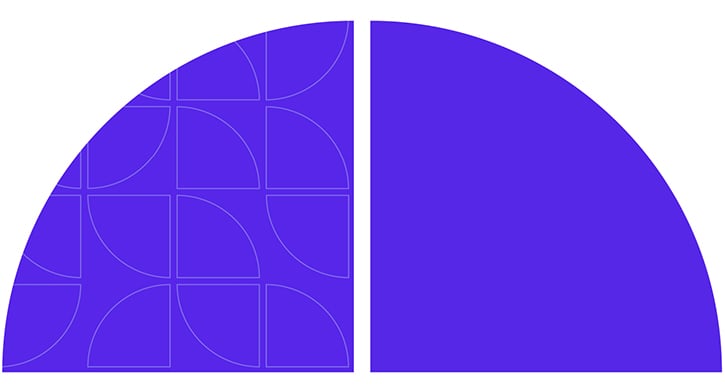Too Soon for Fed Rate Cuts
Fed officials again kept the federal funds rate unchanged at 5.25–5.50%. We believe they won’t cut rates before summer at the earliest—and not till they see more weakness in prices and the labor market.

Key takeaways
- As expected, the Federal Open Market Committee continued to keep its key interest rate, the federal funds rate, at 5.25–5.50% at its March meeting.
- We expect the Fed will hold until inflation and growth data weaken enough to justify less restrictive monetary policy, likely by late in the second quarter of this year.
- We continue to favor bonds, which benefit from falling growth and falling inflation. Also, we think perceived looser monetary policy could support equity prices.
As expected, the Federal Open Market Committee (FOMC) decided to keep its key interest rate, the federal funds rate, unchanged at 5.25–5.50%. We believe Federal Reserve (Fed) officials won’t cut rates before summer at the earliest—and not until they see further weakening of price and labor market data.
Despite continued progress on the inflation front, the Fed’s rhetoric will likely remain the same until inflation is closer to its 2.0% target. The latest survey data from Fed districts point to a somewhat weaker economy but are still above their longer-term trend. Also, inflation seems to have stabilized at around 3% while the labor market remains robust. Positive real wage growth has continued supporting consumers and economic growth. For the moment, there’s simply no reason for the Fed to cut rates. The focus will remain on reducing its balance sheet and keeping dry powder in terms of future rate cuts should the economy slow significantly.
Core goods’ impact on U.S. inflation remains deflationary thus far in 2024, but the impact has become smaller. Service prices have been the largest contributor to inflation this year. Inflation’s breadth (how many goods and services are increasing at the same time) has decreased further, as has persistence (how sticky inflation will be), on a year-over-year basis. The short-term interest rate market has adjusted back to the Fed’s estimates of three rate cuts this year, after having priced more than five rate cuts at the beginning of 2024.
Our base case is that the Fed will hold until inflation and growth data weaken enough to justify less restrictive monetary policy, with a keen eye to the jobs market. These conditions should be met by late in the second quarter of this year. As inflation continues to fall, the Fed will try to avoid rising real yields by cutting short-end rates in line with the fall in prices.
We continue to favor bonds, which benefit from falling growth and falling inflation. We also continue to like equities—despite a short-term struggle with lower earnings guidance, any relief from perceived looser monetary policy would likely support equity prices in the medium term.
Related insights
This material is provided for informational purposes only and is for professional/institutional and qualified clients/investors only. Not for retail use outside the U.S. Recipients who do not wish to be treated as professional/institutional or qualified clients/investors should notify their Allspring contact immediately.
THIS CONTENT AND THE INFORMATION WITHIN DO NOT CONSTITUTE AN OFFER OR SOLICITATION IN ANY JURISDICTION WHERE OR TO ANY PERSON TO WHOM IT WOULD BE UNAUTHORIZED OR UNLAWFUL TO DO SO AND SHOULD NOT BE CONSIDERED INVESTMENT ADVICE, AN INVESTMENT RECOMMENDATION, OR INVESTMENT RESEARCH IN ANY JURISDICTION.
INVESTMENT RISKS: All investments contain risk. Your capital may be at risk. The value, price, or income of investments or financial instruments can fall as well as rise and is not guaranteed. You may not get back the amount originally invested. Past performance is not a guarantee or reliable indicator of future results.
Unless otherwise stated, Allspring is the source of all data (which is current or as of the date stated). Content is provided for informational purposes only. Views, opinions, assumptions, or estimates are not necessarily those of Allspring or their affiliates and there is no representation regarding their adequacy, accuracy, or completeness. They should not be relied upon and may be subject to change without notice.





